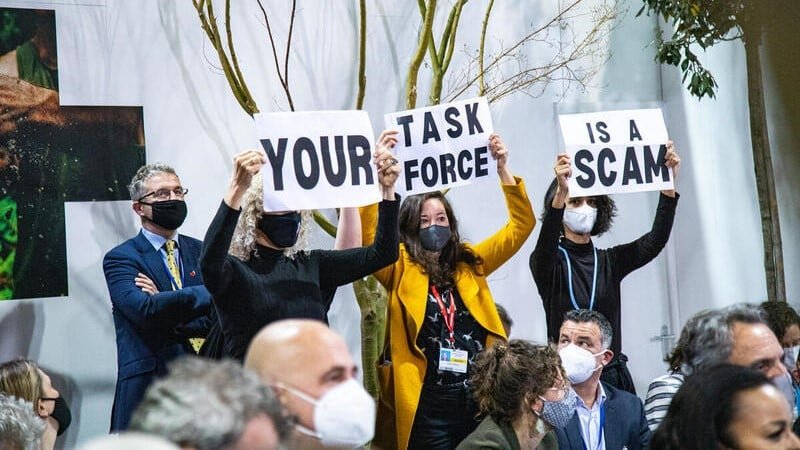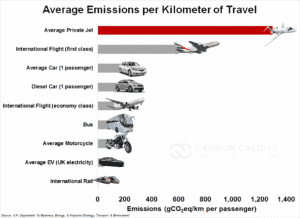This week, a war was brewing along the riverfront in Glasgow, Scotland.
That’s nothing new. The Scottish are no strangers to a brawl, and the River Clyde has seen more than a few fights in its day.
But this fight is just a bit different.
On one side – you have Greta Thunberg, the Rainbow Warrior, Greenpeace, and a host of environmental activists.
On the other side – you’ll find Mark Carney (former head of the Bank of England), his Taskforce on Scaling Voluntary Carbon Markets (TSVCM), and the Glasgow Financial Alliance for Net Zero (GFANZ), among others.
It’s big business versus plucky activists – Or is it?
Disagree to agree
Both sides are only in Glasgow in the first place because they know there’s a problem. The ongoing COP 26 (Conference of the Parties) is the agreed-upon follow-up to the Paris Agreements.
Most of the nations of the world are gathered there to discuss current progress in cutting CO2 emissions, national limits, and next steps.
Everyone agrees that more must be done to fight climate change. But when it comes to actually DOING something, the disagreements start.
Greta Thunberg and Jennifer Morgan, of Greenpeace, have called the emphasis on carbon offsets at COP 26 “greenwashing.” Any company that doesn’t immediately stop using fossil fuels – no matter what impact that has on the company – risks being branded as a climate change denier.
Mark Carney emphasized that the business approach of buying carbon offsets holds the potential to fuel a greener approach, harvesting billions of dollars that could go towards green investments.
The GFANZ group alone could generate up to $1 trillion towards net-zero goals, at least in part by purchasing carbon offsets.
The bickering has increased over the past few days as the stakes have grown even higher.
The Article 6 guidelines that (may) be drawn up in Glasgow will need to address a number of issues, including:
- Double-counting offsets
- Pre-Paris offsets
- Net-zero and fossil fuels
The stakes are big enough that everyone wants to be involved.
Russia wants the conference to declare nuclear power as a form of green energy, and to set clear guidelines for forestation offsets (they have about 20% of the world’s forests, after all).
Greenpeace wants the group to downplay offsets and ban new fossil fuel investment entirely.
The UK announced a carbon-to-clean energy pathway that would put them in a leading position among industrialized countries.
Everyone wants a piece of the Voluntary Carbon Markets pie.
Meanwhile, the world leaders took over 400 private jets to Scotland for the conference – which became a massive PR nightmare.
The CO2 emissions for that type of travel is not the best image you want going into a climate conference.
Their total emissions exceeded 300 tonnes for air travel alone – underscoring the pressing need for clear measures.
Time for Action – but what kind of action?
Both sides acknowledge the need for action, but what kind?
The activist side – see fossil fuel dependence as the primary issue of the day. Until that’s solved, why bother with offsets? That’s only greenwashing, through and through.
The investor side – acknowledges the fossil fuel issue but recognizes that offsets provide a vector for immediate action.
COP 26 can address the activists’ criticisms while also setting out a market framework to harness the power of offsets.
UN Secretary-General Antonio Guterres used an opening statement to announce an expert panel to help assess the quality of carbon offsets. That’s a key first step, especially if followed by a clear framework for international offset trading.
The battle lines have been drawn.
The stakes are high and there is a lot of money on the table.
The GFANZ group has up to $130 Trillion of private capital committed to net zero.
And with nearly ⅓ of the world’s investment capital in the GFANZ group, now is the time to harness the power of the Voluntary Carbon Market.


